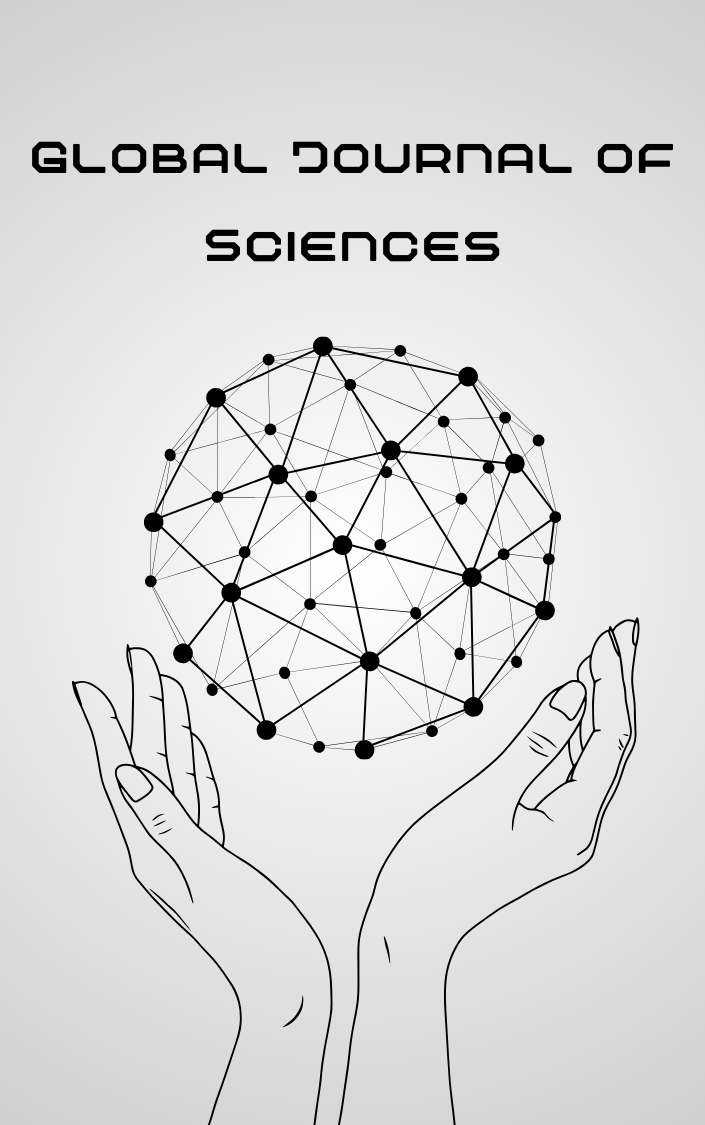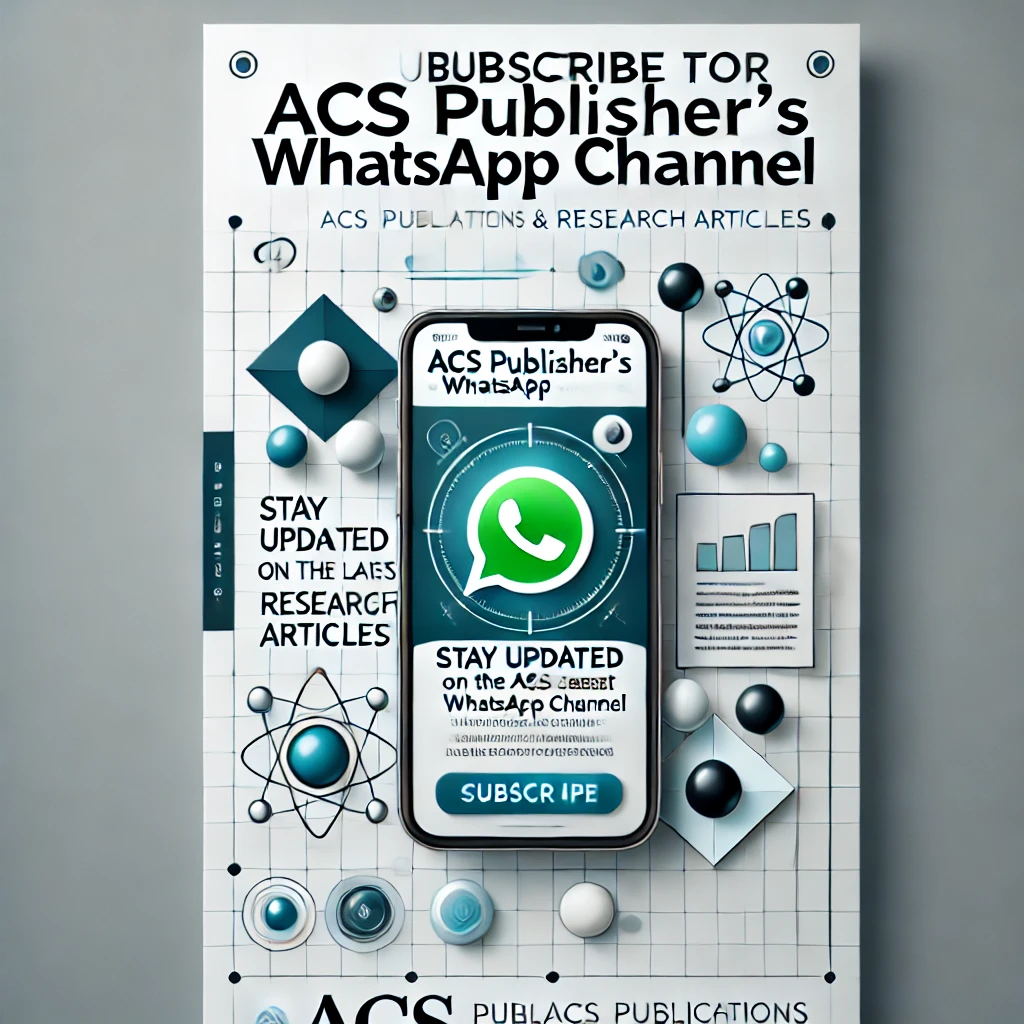Enhanced Drug Classification for Cancers of the Liver with Multi-Criteria Decision Making Method-PROMETHEE
DOI:
https://doi.org/10.48165/gjs.2025.2102Keywords:
HCC, PROMETHEE, Decision Analysis, Fuzzy Logic, CriteriaAbstract
The combination of multi-criteria decision-making (MCDM) methods and fuzzy logic technique offers novel approaches to decision-making in the treatment planning of liver cancer; hepatocellular carcinoma (HCC), particularly the decision on how to propose the right therapeutic approach depending on multiple criteria. Since none of the treatment methods can provide fully satisfactory results for liver cancer when considering different patients, it is crucial to identify the optimal therapeutic method tailored for each individual, based on certain pertinent criteria. This study provides insight into the various factors that are likely to influence HCC pharmacological treatments. All the chosen drugs were assessed based on their effectiveness in meeting each of the criteria considered. To achieve this, we applied an MCDM-fuzzy hybrid model that combines both fuzzy logic and the Preference Ranking Organization Method for Enrichment Evaluation (PROMETHEE) technique. We evaluated eight FDA-approved medications for HCC treatment alternatives. These drugs include, Cabozantinib, sorafenib, Lenvatinib, Atezolizumab, Tivantinib, Nivolumab and Pembrozumab. Similarly, based on the multiple criteria approach, five alternatives were adopted such as efficacy, cost, safety, drug development stage and side effects. The ranking result revealed that Sorafenib ranked the highest and Tivantinib ranked the least. The study offers a structured and data-driven approach in the classification of drugs which provides valuable insights for health practitioners and policy makers and HCC treatment optimization.References
[1] “Cancer Today.” Accessed: Dec. 11, 2024. [Online]. Available: https://gco.iarc.fr/today/en/fact sheets-cancers
[2] A. D. Ladd, S. Duarte, I. Sahin, and A. Zarrinpar, “Mechanisms of drug resistance in HCC,” Hepatology, vol. 79, no. 4, pp. 926–940, Apr. 2024, doi: 10.1097/HEP.0000000000000237. [3] D. Anwanwan, S. K. Singh, S. Singh, V. Saikam, and R. Singh, “Challenges in liver cancer and possible treatment approaches,” Biochimica et Biophysica Acta (BBA) - Reviews on Cancer, vol. 1873, no. 1, p. 188314, Jan. 2020, doi: 10.1016/J.BBCAN.2019.188314.
[4] F. Bray, J. Ferlay, I. Soerjomataram, R. L. Siegel, L. A. Torre, and A. Jemal, “Global cancer statistics 2018: GLOBOCAN estimates of incidence and mortality worldwide for 36 cancers in 185 countries,” CA Cancer J Clin, vol. 68, no. 6, pp. 394–424, Nov. 2018, doi: 10.3322/CAAC.21492.
[5] K. A. McGlynn, J. L. Petrick, and H. B. El-Serag, “Epidemiology of Hepatocellular Carcinoma,” Hepatology, vol. 73 Suppl 1, no. Suppl 1, pp. 4–13, Jan. 2021, doi: 10.1002/HEP.31288.
[6] El‐Serag, H. B. (2020). Epidemiology of hepatocellular carcinoma. The liver: Biology and pathobiology, 758-772.
[7] Llovet, J. M., Kelley, R. K., Villanueva, A., Singal, A. G., Pikarsky, E., Roayaie, S., ... & Finn, R. (2021). Hepatocellular carcinoma Nat Rev Dis Primers. 7: 6. Article10, 1038. [8] Global Hcc Mortality rate Map (2025) “Bing Australia” Available:https://www.geonames.org/8829256/bing.html
[9] Kinsey, E., & Lee, H. M. (2024). Management of hepatocellular carcinoma in 2024: the multidisciplinary paradigm in an evolving treatment landscape. Cancers, 16(3), 666. [10] Ren, X., Su, D., Shi, D., & Xiang, X. (2023). The improving strategies and applications of nanotechnology-based drugs in hepatocellular carcinoma treatment. Frontiers in Bioengineering and Biotechnology, 11, 1272850.
[11] Toh, M. R., Wong, E. Y. T., Wong, S. H., Ng, A. W. T., Loo, L. H., Chow, P. K. H., & Ngeow, J. (2023). Global epidemiology and genetics of hepatocellular carcinoma. Gastroenterology, 164(5), 766-782.
[12] Bao, M. H. R., & Wong, C. C. L. (2021). Hypoxia, metabolic reprogramming, and drug resistance in liver cancer. Cells, 10(7), 1715.
[13] Kinsey, E., & Lee, H. M. (2024). Management of hepatocellular carcinoma in 2024: the multidisciplinary paradigm in an evolving treatment landscape. Cancers, 16(3), 666. [14] Berretta, M., Rinaldi, L., Di Benedetto, F., Lleshi, A., De Re, V., Facchini, G., ... & Di Francia, R. (2016). Angiogenesis inhibitors for the treatment of hepatocellular carcinoma. Frontiers in Pharmacology, 7, 428.
[15] Llovet, J. M., Ricci, S., Mazzaferro, V., Hilgard, P., Gane, E., Blanc, J. F., ... & Bruix, J. (2008). Sorafenib in advanced hepatocellular carcinoma. New England journal of medicine, 359(4), 378-390.
35 Duwa et al, Global Journal of Sciences, 2(1), 2025, 24–36
[16] Cheng, A. L., Kang, Y. K., Chen, Z., Tsao, C. J., Qin, S., Kim, J. S., ... & Guan, Z. (2009). Efficacy and safety of sorafenib in patients in the Asia-Pacific region with advanced hepatocellular carcinoma: a phase III randomised, double-blind, placebo-controlled trial. The lancet oncology, 10(1), 25-34.
[17] Kudo, M., Finn, R. S., Qin, S., Han, K. H., Ikeda, K., Piscaglia, F., ... & Cheng, A. L. (2018). Lenvatinib versus sorafenib in first-line treatment of patients with unresectable hepatocellular carcinoma: a randomised phase 3 non-inferiority trial. The Lancet, 391(10126), 1163-1173.
[18] Kelley, R. K., Rimassa, L., Cheng, A. L., Kaseb, A., Qin, S., Zhu, A. X., ... & Yau, T. (2022). Cabozantinib plus atezolizumab versus sorafenib for advanced hepatocellular carcinoma (COSMIC-312): a multicentre, open-label, randomised, phase 3 trial. The Lancet Oncology, 23(8), 995-1008.
[19] Finn, R. S., Kudo, M., Merle, P., Meyer, T., Qin, S., Ikeda, M., ... & Llovet, J. (2022). LBA34 Primary results from the phase III LEAP-002 study: Lenvatinib plus pembrolizumab versus lenvatinib as first-line (1L) therapy for advanced hepatocellular carcinoma (aHCC). Annals of Oncology, 33, S1401.
[20] Qin, S., Bi, F., Gu, S., Bai, Y., Chen, Z., Wang, Z., ... & Chen, F. (2021). Donafenib versus sorafenib in first-line treatment of unresectable or metastatic hepatocellular carcinoma: a randomized, open-label, parallel-controlled phase II-III trial. Journal of Clinical Oncology, 39(27), 3002-3011.
[21] Bruix, J., Qin, S., Merle, P., Granito, A., Huang, Y. H., Bodoky, G., ... & Han, G. (2017). Regorafenib for patients with hepatocellular carcinoma who progressed on sorafenib treatment (RESORCE): a randomised, double-blind, placebo-controlled, phase 3 trial. The Lancet, 389(10064), 56-66.
[22] Abou-Alfa, G. K., Meyer, T., Cheng, A. L., El-Khoueiry, A. B., Rimassa, L., Ryoo, B. Y., ... & Kelley, R. K. (2018). Cabozantinib in patients with advanced and progressing hepatocellular carcinoma. New England Journal of Medicine, 379(1), 54-63.
[23] Zhu, A. X., Kang, Y. K., Yen, C. J., Finn, R. S., Galle, P. R., Llovet, J. M., ... & Kudo, M. (2019). Ramucirumab after sorafenib in patients with advanced hepatocellular carcinoma and increased α-fetoprotein concentrations (REACH-2): a randomised, double-blind, placebo controlled, phase 3 trial. The lancet oncology, 20(2), 282-296.
[24] Qin, S., Li, Q., Gu, S., Chen, X., Lin, L., Wang, Z., ... & Zou, J. (2021). Apatinib as second line or later therapy in patients with advanced hepatocellular carcinoma (AHELP): a multicentre, double-blind, randomised, placebo-controlled, phase 3 trial. The lancet Gastroenterology & hepatology, 6(7), 559-568.
[25] Uzun, B., Uzun Ozsahin, D., & Duwa, B. (2021). Fuzzy logic and fuzzy based multi criteria decision analysis. In Application of multi-criteria decision analysis in environmental and civil engineering (pp. 47-56). Cham: Springer International Publishing.
[26] Duwa, B. B., Ozsoz, M., & Al-Turjman, F. (2020). Applications of AI, IoT, IoMT, and Biosensing Devices in Curbing COVID-19. In AI-Powered IoT for COVID-19 (pp. 141-158). CRC Press.
[27] Uzun Ozsahin, D., Duwa, B. B., Ozsahin, I., & Uzun, B. (2024). Quantitative forecasting of malaria parasite using machine learning models: MLR, ANN, ANFIS and random forest. Diagnostics, 14(4), 385.
[28] Hasan, M. E., Mostafa, F., Hossain, M. S., & Loftin, J. (2023). Machine-learning classification models to predict liver cancer with explainable AI to discover associated genes. AppliedMath, 3(2), 417-445.
36 Duwa et al, Global Journal of Sciences, 2(1), 2025, 24–36
[29] Tešić, D., Božanić, D., & Khalilzadeh, M. (2024). Enhancing multi-criteria decision-making with fuzzy logic: An advanced defining interrelationships between ranked II method incorporating triangular fuzzy numbers. Journal of intelligent management decision, 3(1), 56- 67.
[30] Uzun, B., Usanase, N., Ozsahin, D. U., & Ozsahin, I. (2024, June). The Application of the Multi Criteria Decision-Making Model in the Risk Assessment of Cervical Cancer Complications. In 2024 Advances in Science and Engineering Technology International Conferences (ASET) (pp. 1-5). IEEE.
[31] Ozsahin, I., Usanase, N., Uzun, B., Ozsahin, D. U., & Mustapha, M. T. (2024). A mathematical resolution in selecting suitable magnetic field-based breast cancer imaging modality: a comparative study on seven diagnostic techniques. In Artificial Intelligence and Image Processing in Medical Imaging (pp. 173-194). Academic Press.
[32] Usanase, N., Uzun, B., Ozsahin, I., & Ozsahin, D. U. (2022, October). The preference ranking of gold nanoparticle synthesis methods using a multi-criteria decision-making model. In IET Conference Proceedings CP816 (Vol. 2022, No. 14, pp. 314-320). Stevenage, UK: The Institution of Engineering and Technology.
[33] Duwa, B., Onakpojeruo, E. P., Uzun, B., Ozsahin, I., & Ozsahin, D. U. (2022). Comparative Evaluation of 3D Filaments, Used in Additive Manufacturing of Biomedical Tools; Using Fuzzy Promethee.
[34] Bergasa, N. V. (2022). Drug induced liver injury. Clinical cases in hepatology, 411-442. [35] Butler, D., Vucic, K., Straus, S., Cupelli, A., Micallef, B., Serracino-Inglott, A., & Borg, J. J. (2021). Regulatory experience of handling risk management plans (rmps) for medicinal products in the EU. Expert Opinion on Drug Safety, 20(7), 815-826.
[36] Gahr, M., Connemann, B. J., Muche, R., Zeiss, R., & Wolf, A. (2022). Harmonization of summaries of product characteristics (SmPCs) of drugs with the same active ingredients: an evaluation of SmPCs of the most frequently prescribed active substances. European Journal of Clinical Pharmacology, 1-16.
[37] Osaka, T., Yamaguchi, N., & Hara, T. (2021). Pharmacological properties and clinical outcomes of the anti-cancer drug, cabozantinib (CABOMETYX®). Folia Pharmacologica Japonica, 156(5).
[38] De Wit, M., Boers-Doets, C. B., Saettini, A., Vermeersch, K., De Juan, C. R., Ouwerkerk, J., ... & Cremolini, C. (2014). Prevention and management of adverse events related to regorafenib. Supportive Care in Cancer, 22, 837-846.
[39] Raedler, L. A. (2015). Opdivo (Nivolumab): second PD-1 inhibitor receives FDA approval for unresectable or metastatic melanoma. American health & drug benefits, 8(Spec Feature), 180. [40] Kochanny, S. E., Worden, F. P., Adkins, D. R., Lim, D. W., Bauman, J. E., Wagner, S. A., ... & Seiwert, T. Y. (2020). A randomized phase 2 network trial of tivantinib plus cetuximab versus cetuximab in patients with recurrent/metastatic head and neck squamous cell carcinoma. Cancer, 126(10), 2146-2152.
[41] Kwok, G., Yau, T. C., Chiu, J. W., Tse, E., & Kwong, Y. L. (2016). Pembrolizumab (keytruda). Human vaccines & immunotherapeutics, 12(11), 2777-2789.
[42] Yager, R. R. (1980). On a general class of fuzzy connectives. Fuzzy sets and Systems, 4(3), 235- 242.
[43] Toomey, D., Adams-Phipps, J., Wilkinson, J., Pietro, J., Littman, J., Kamenicek, S., ... & Jamrozik, E. (2025). An analysis of controlled human infection studies registered on ClinicalTrials. gov. BMJ open, 15(2), e085250.

